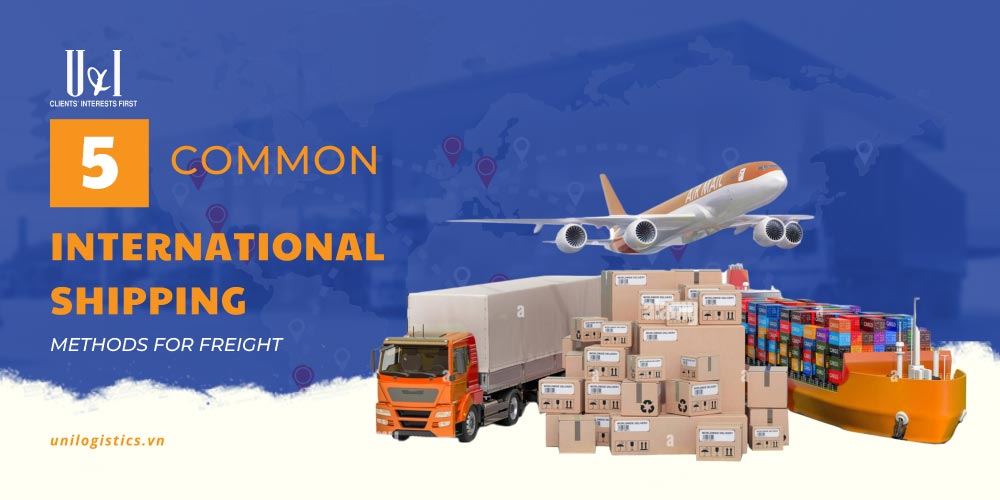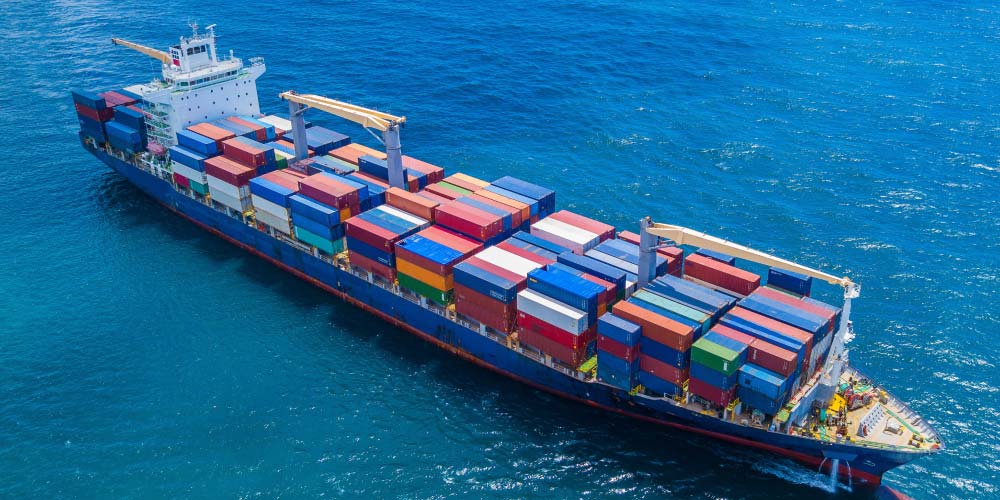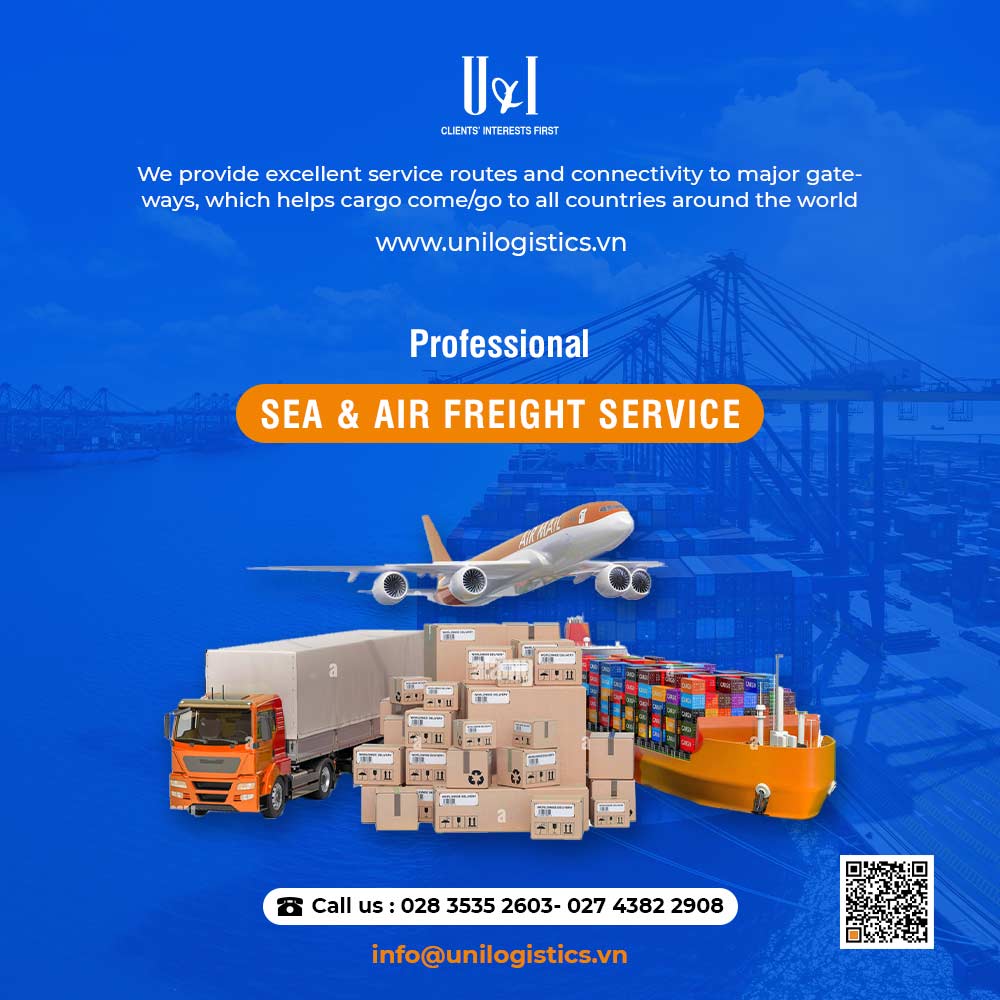
31/08/2022
U&I Logistics - Today, the trade in goods between countries in the world is growing day by day. In order to help goods be transported from the seller to the buyer quickly, international freight is an important and indispensable activity. However, there are many types of international freight forwarding depending on different groups of goods. To understand better, let's learn about 5 common International Freight Shipping Methods with U&I Logistics right now in the article below!

To the definition of: “International shipping is importing and exporting goods between different countries. That means, when goods pass through the borders of a specific country into another by ocean, air, or road, the method of transportation is regarded as international shipping”.
Depending on the nature and quantity of each type of item, international shipping rates have many fluctuations and changes. To optimize the cost problem, we need to understand well about international shipping methods to find the right type of shipping.
Among the types, international shipping b y seaway is the most important and popular form, accounting for a fairly high proportion. International shipping by seaway is suitable for large-volume shipments, easy to store, and the transit time is not too urgent…

Advantages
Defect
International shipping by airway is a new form of transportation, developed in the early years of the 20th century. Although present later than other modes of shipping transport, air transport plays an important role and is exploited a lot in the circulation of goods.
This form of transport uses Cargo Aircraft/Freighters or carried in the belly of a passenger plane to transport goods.

Advantages
Defect
International shipping by roadways is a type of transport using means of transportation such as cars, trucks, containers, trailers, etc. to transport goods to customers.
However, this mode of transportation is mainly for domestic transportation, and for international freight, it is very limited. Transport by road is only suitable for short and medium transport distances, goods require fast delivery speed, because it is highly dependent on geographical locations between countries.

Advantages
Defect
International shipping by rail is a safe and efficient mode of transport, contributing to smooth trade between neighboring countries.

Advantages
Defect
Pipelines are often used to transport liquids and fuels (gasoline, oil, gas, chemicals) using a system of pipelines connected from one country to another.

Advantages
Defect
International shipping by sea will vary depending on the type of item. But in general, the process of customs procedures for export by sea will have the following specific basic steps:
Step 1: Prepare and check goods for export
Step 2: Check the set of documents
Step 3: Declare and transmit the customs declaration
Step 4: Carry out export customs procedures at Sub-department of Customs
Step 5: Complete the customs clearance process
International shipping by airway is carried out in a 10-step process. After signing the sales contract, the import-export unit performs the following steps:
Step 1: Booking
Step 2: Packing the goods
Step 3: Export customs procedures
Step 4: Issue the air waybill
Step 5: Send documents (if needed)
Step 6: Receive the voucher in advance by email
Step 7: Arrival notification
Step 8: Delivery order
Step 9: Import customs procedures
Step 10: Importer receives goods
At U&I Logistics, we assure your on-time shipments and with our extensive global freight forwarding network alliances we are able to provide excellent service lanes and connectivity to major gateways.
We assure you peace of mind with our expert level Clearance Officers that have sound local customs regulation knowhow for clearances services at major shipping gateways.
Our international freight forwarding service includes:

>>> You may be interested: International Freight Forwarding Service
With the trust of customers, U&I Logistics is committed to making more efforts to bring success to all partners in import and export activities.
U&I Logistics